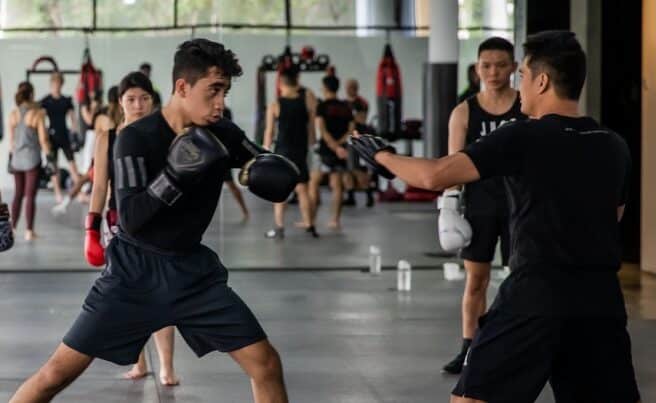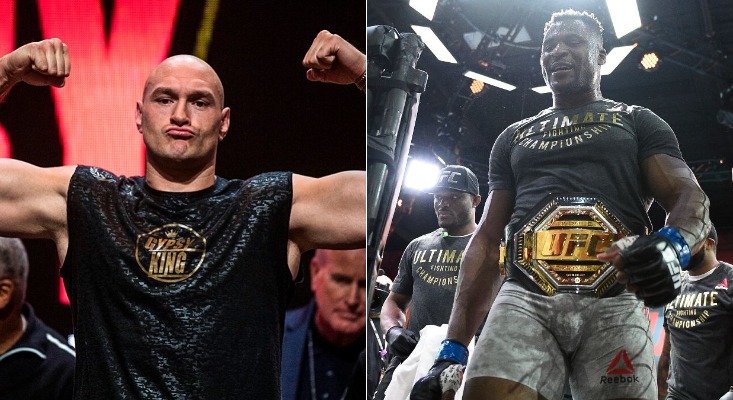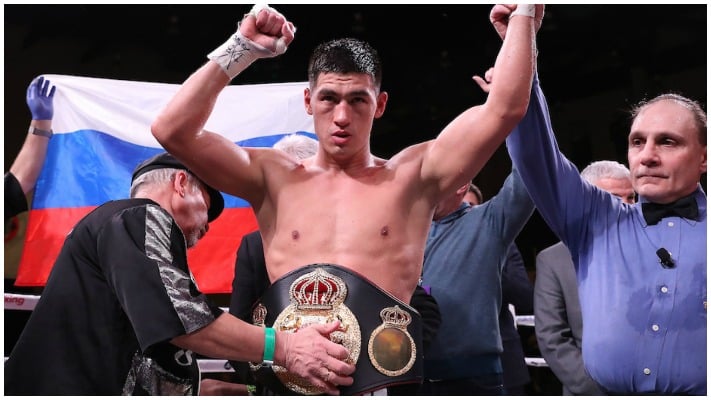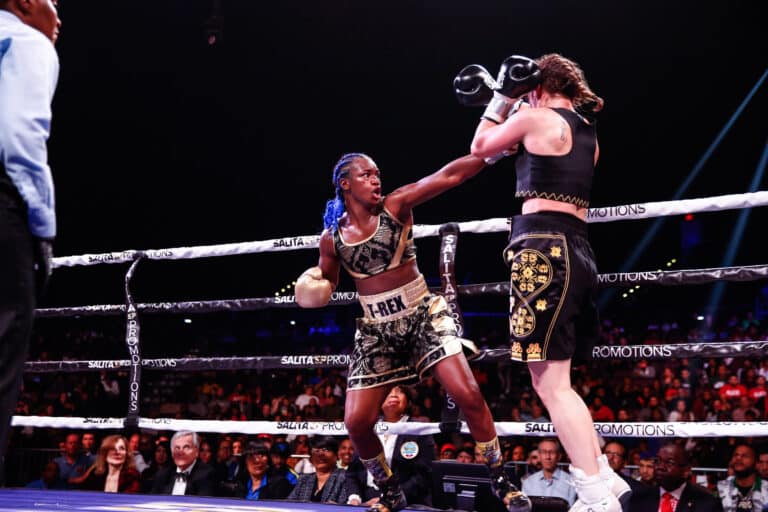What Should You Know About Children’s Boxing

Boxing is arguably one of the most violent sports in combat, but when you think about it, it requires great mastery and control that takes years to develop.
Among the most popular combat sports, boxing undoubtedly occupies a privileged place. Between the physical and mental planes, this martial art is complete and transmits great values, which youngsters are encouraged to practice and hone their craft in before potentially transitioning to either amateur or professional careers.
Because in a boxing ring, many faculties will be put into practice, among which we highlight respect and self-confidence. If you’re interested in MMA odds, click the link highlighted to check them out.
In 2013, the United Nations General Assembly proclaimed the International Day of Sport for Development and Peace on April 6. It simply implies that sport has real power for social change, peace, and understanding of others – as well as furthering its reputation as a staple within democracy and cultural circles the world over.
Educational boxing embodies all of this, which is why you may consider enrolling your child in a boxing club. However, first of all, we advise you to take a look at this article, where we briefly summarize some basic notions about practicing boxing for children and youngsters.
What Are The Differences Between Adult Boxing And Boxing For Children?
Every boxer is a competitor; regardless of age, they will want to win the fight. However, the combat is not the same, depending on whether you are an adult or a child. There are differences between boxing for adults (“classic”) and children.
Although we find points in common between boxing for adults and children (the ring, the accessories, the coach, etc.), the real differences persist, starting with the values taught.
In fact, for an adult, the idea of combat will be the first to come into play, while for a child, it will take a back seat after other notions, such as play or physical activity.
Physical strength is also a criterion to consider when considering the differences since the strength of adults will be greater than that of children. In this way, the exercises will be adapted to educational boxing.
The size of the opponent also matters. A child will fight against a practitioner of his stature, just like an adult. Because the mental load will not be the same, and the coach knows that perfectly well, and they will know how to adapt to it while transmitting the values of boxing to the children. Below are some of its values:
- Respect for others
- Self-control
- Discipline
- Will
- Respect for the rules
- Listen to the teacher/coach
- Overcoming oneself
- Motivation not rebound after a failure
Top 10 Benefits of Boxing for Kids!
Boxing can be very beneficial for little ones. Contrary to what many may think, boxing offers many benefits for the little ones. This practice allows working on both the physical condition of the juniors and their self-defense, their determination, or the notion of respect.
So if we had to list the top 10 benefits of getting in the ring for kids and youngsters, we would say that:
- Boxing allows children to let off their steam, thanks to a physical preparation worthy of any other sport.
- Improves self-confidence, particularly through sporting values and a relationship with one’s body, better understood by the junior practitioner.
- It allows apprehending non-violence. Because learning to control kicks and punches means learning not to use them unless you have to.
- In relation to spiritual, mental, and muscular reinforcement, boxing allows you to understand your body better, so the child can judge their strength or physical abilities.
- By setting goals, boxing for kids allows children to improve themselves and ultimately be proud of themselves.
- To know the body: Kids boxing also allows a better understanding of strength, knowing how to use it wisely during competition between combatants.
- Boxing opens the door to respect for others because, in the ring, there are two equal boxers, and they must know how to demonstrate sporting values.
- With a teacher, material, or even codes, boxing teaches children to respect the rules.
- Through boxing, the child will also learn to get up after a fall or loss.
- Finally, boxing for children allows them to learn how to defend themselves in potential real-world scenarios outside of the boxing ring.
Conclusion
Boxing is beneficial for kids and adults alike. Even though there are similarities between kids’ and adult boxing, there are many differences. We hope this content has enlightened you on the benefits of boxing for kids and why it should be encouraged within a safe and regulated environment in order to encourage youngsters to develop their skills within the worldwide acclaimed sport.






